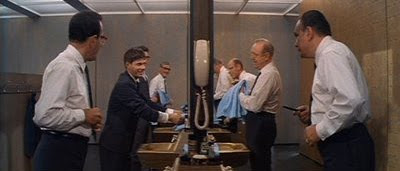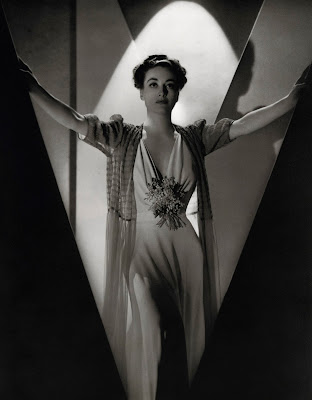
I know what you're thinking: "Why did Eddie put up a picture of a homeless man to illustrate an article about advertising? The answer is that I didn't...nope, I didn't...because he may not be a homeless man. He could be an ad guy, in fact he could be one of the biggest ad guys, and he, or someone who looks just like him, could be the guy who came up with the famous "Where's the Beef?" campaign for Wendy's. Let me explain.
In the early 50s ad men looked like this (above). They sold soup, soap, and chicklets, cigarettes and cars. They were great at coming up with jingles.

By the end of the 50s advertising was really big business. Ad men worked in skyscrapers and had college degrees. A young executive who worked hard could hope to own a fancy house in the suburbs and even get...dare I say it...the (gasp!) key to the
Executive Men's Room!!!!! They sold cereal, coffee, soda, shaving creme, beer, cigarettes, men's cologne, and cars.

Yes, those were heady days for young advertising men. But times were about to change.

Advertising, along with everything else in the 60s and after distorted and warped. The agencies still attracted bright people, but a lot of them weren't really comfortable with capitalism and selling things. You got the feeling they'd all have been happier making ads against consumption.
In this period expensive, heavily art-directed ads evolved. They were ads that didn't feel like ads. They were more like showpieces. It was hard to tell what they were advertising. Traditional products like gum and soap were given the short shrift. These advertisers were selling the social responsibility of their clients, along with drugs, and insurance plans.
The problem for these gentle, socially responsible agencies was that they still had to sell a certain amount of tooth paste and foot powder, and nobody working for them had a feeling for it. A crisis developed. What to do!????????
The answer was something utterly bizarre that nobody could have predicted.

The answer was this bedraggled man (above). It turns out that number of talented ad writers from the 5os and 60s were living like beach bums in shacks and trailers on surfer spots like Laguna and Hermossa Beach. They just sat around drinking beer and ogling girls, living the good life off the money they'd put away when they were younger. Maybe, thought the agencies, THEY could figure out how to sell the foot powder!
Pilgrimages were mounted, money was offered, but these salty old men were not easily wooed. Years of neglect, real and imagined, had left them bitter and eccentric. They demanded and got the freedom to work at home or in their favorite bars. They got motorcycles and escort girls and expensive hip replacements. Nothing was too much to ask for. They got all that, and we got "Got Milk?" and "Where's the Beef?"
BTW: I just learned that Mike Pataki, the voice of George Liquor, just died. That's horrible news. Mike was a one-of-kind genius, and the voice he did for GL was among the greatest voices ever done for a cartoon character. For more information see John K's blog and Cartoon Brew, links in the sidebar.






























